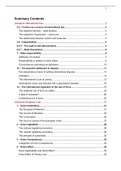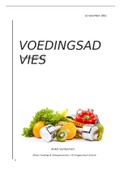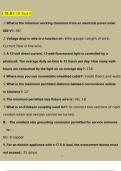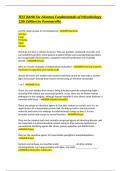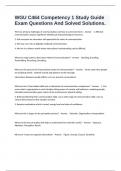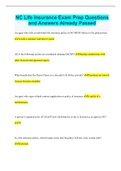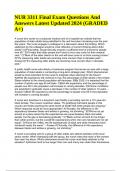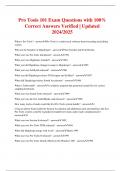Summary
Summary Introduction to International and European Union Law (RR116) EUR
- Course
- Institution
A full summary of the course Introduction to International and European Union Law (RR116) given to Criminology students at the Erasmus University Rotterdam. This course was given during COVID online teaching, which means there were weblectures instead of normal lectures. International Law (8723)...
[Show more]
